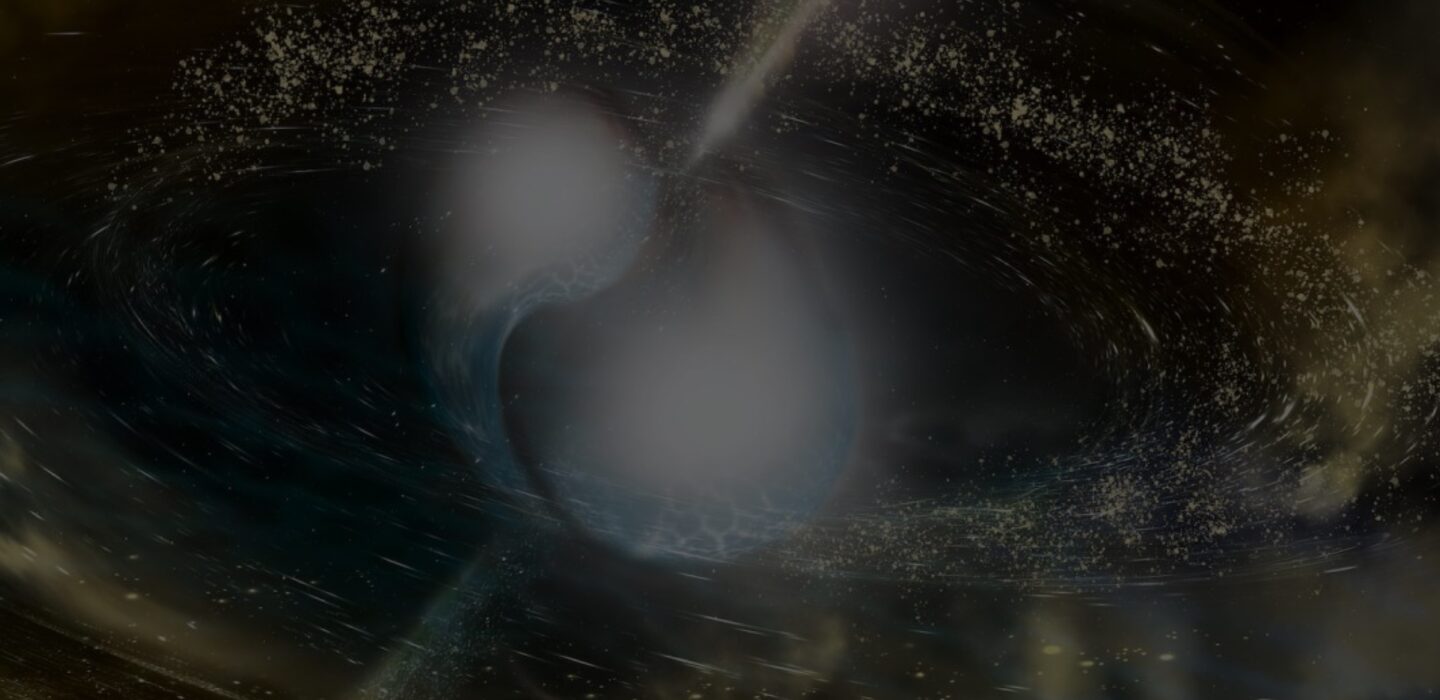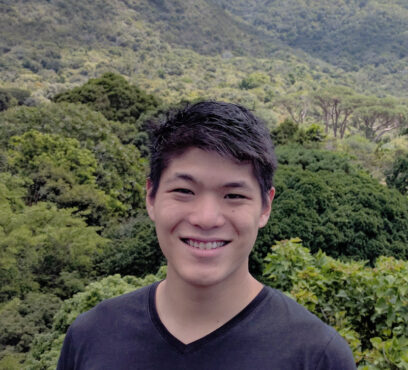John Wu
Tuesday April 15, 2025
4pm
Marlar lounge & via zoom
Astronomy re-envisioned: investigating the physics of galaxy evolution with Machine Learning
Interpretable machine learning (ML) techniques and artificial intelligence (AI) are revolutionizing our ability to study galaxy evolution and large-scale structure. Convolutional neural networks (CNNs) can now reliably predict galaxies’ physical properties, including cold gas content and metallicity, directly from three-color optical images. These models can even reconstruct entire optical spectra from imaging alone. Highly optimized CNNs can also robustly identify nearby dwarf galaxies from wide-area surveys, significantly expanding the sample of known satellite systems at low redshifts. Meanwhile, graph neural networks (GNNs) can encode the large-scale environment from cosmological simulations, and represent its impacts on the galaxy–halo connection. These applications demonstrate how explainable ML models with strong inductive biases can enable new scientific insights in galaxy evolution and cosmology. With upcoming wide-area surveys from the Vera C. Rubin Observatory, Nancy Grace Roman Space Telescope, and Euclid, advanced ML and interpretable AI methods will play an increasingly vital role in extracting physical understanding from cosmic datasets.
John Wu is an Assistant Astronomer at STScI and an Associate Research Scientist at JHU. Dr. Wu’s research focuses on studying galaxies with multi-wavelength observations and machine learning methods. He has developed and employed machine learning algorithms that process astronomical imaging data at the pixel scale in order to understand how galaxy appearances are governed by their growth and evolution. Dr. Wu has shown that convolutional neural networks (CNNs) can reliably predict the optical spectra of low-redshift galaxies purely from Pan-STARRS image cutouts. Recently, he and his collaborators have used CNNs to identify >100,000 low-redshift galaxy candidates, and >20,000 probable satellites around known massive host galaxies. He is also using a similar method to determine DESI spectroscopic fiber targets in order to survey a complete population of z < 0.03 galaxies (LOWZ survey).

